Kalong Island, named after the Indonesian word kalong meaning “flying fox” (a type of large fruit bat), is one of the most enchanting evening experiences in Komodo National Park. It’s not about beaches or snorkeling — it’s about watching nature’s grand finale at sunset, when thousands upon thousands of bats take to the sky in a synchronized, mesmerizing migration.
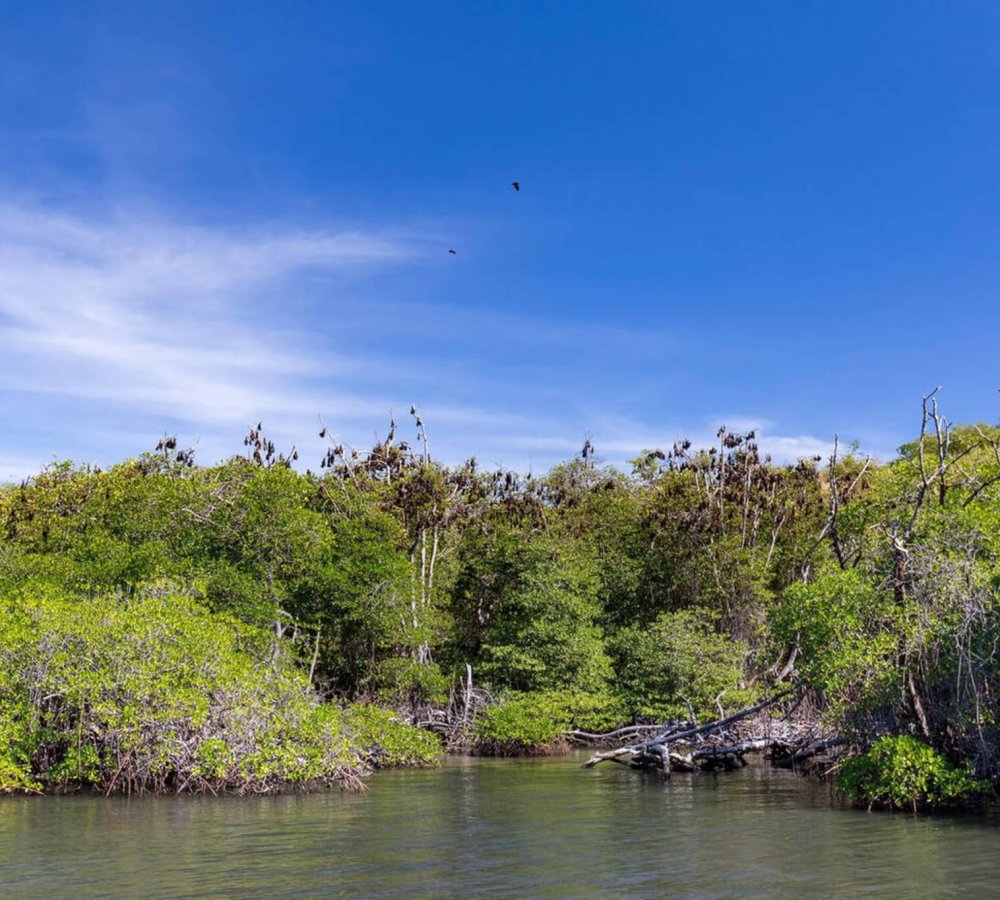
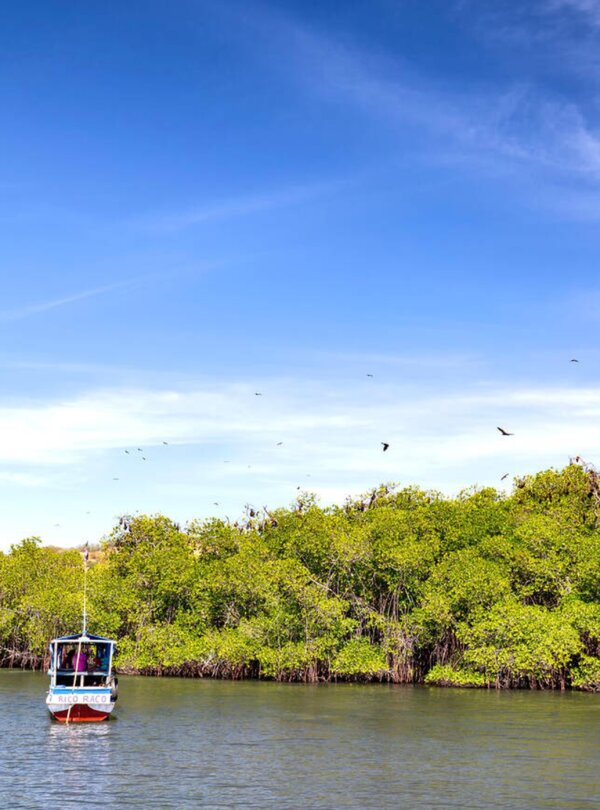
By day, Kalong Island looks like a quiet, mangrove-covered islet surrounded by calm waters. No people live here; the dense mangroves are home to one of the largest colonies of flying foxes in the region. The stillness of the afternoon, broken only by the sound of gentle waves, gives little hint of the spectacle that’s about to unfold.
1. The Sunset Show
As the sun begins to dip toward the horizon, the sky turns golden-orange, and an expectant hush falls over the anchored boats. Then, almost on cue, the first flying foxes emerge from the mangroves, gliding gracefully overhead. Within minutes, the sky fills with hundreds — then thousands — of them, their silhouettes stretching across the glowing evening sky.
The bats are on their nightly journey to nearby islands in search of fruit, traveling in streams that can last for over half an hour. It’s both calming and awe-inspiring, a true wildlife spectacle that requires no loud soundtrack — just the rhythmic flap of wings and the whispers of amazed travelers.
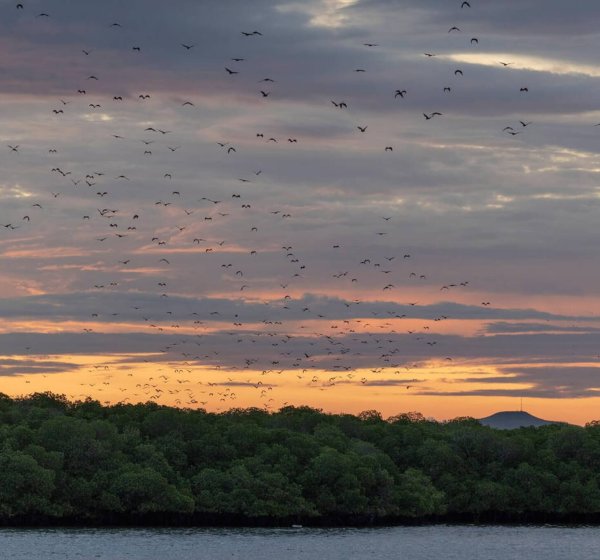
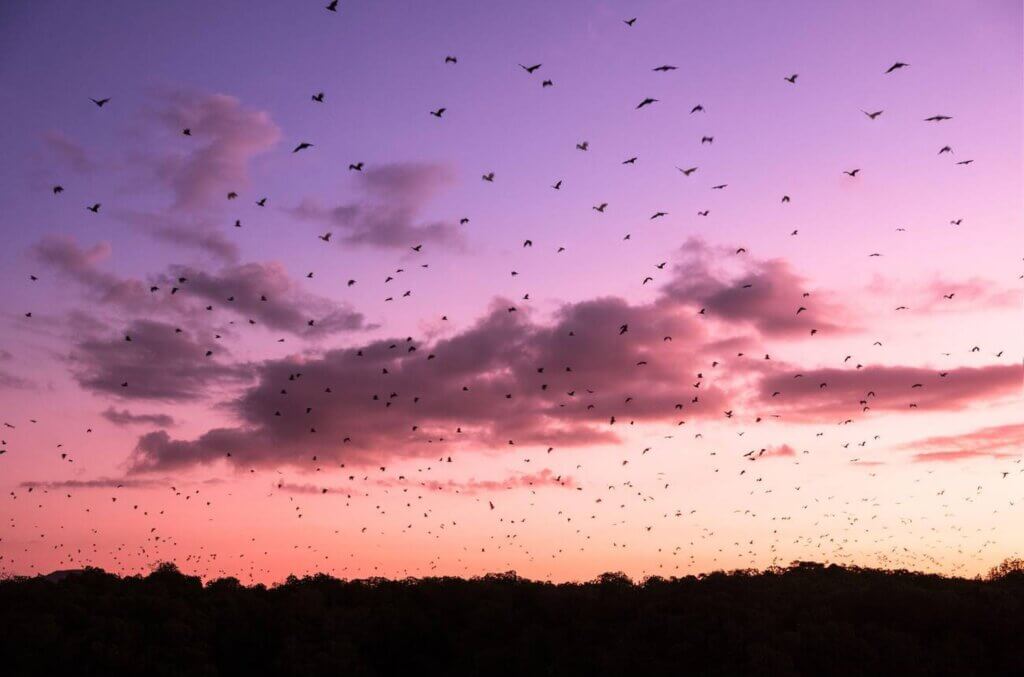
2. Photography Tips
The flying foxes here are an important part of the ecosystem, pollinating fruit trees and dispersing seeds as they feed. Guides typically keep boats anchored at a respectful distance to avoid disturbing the colony.
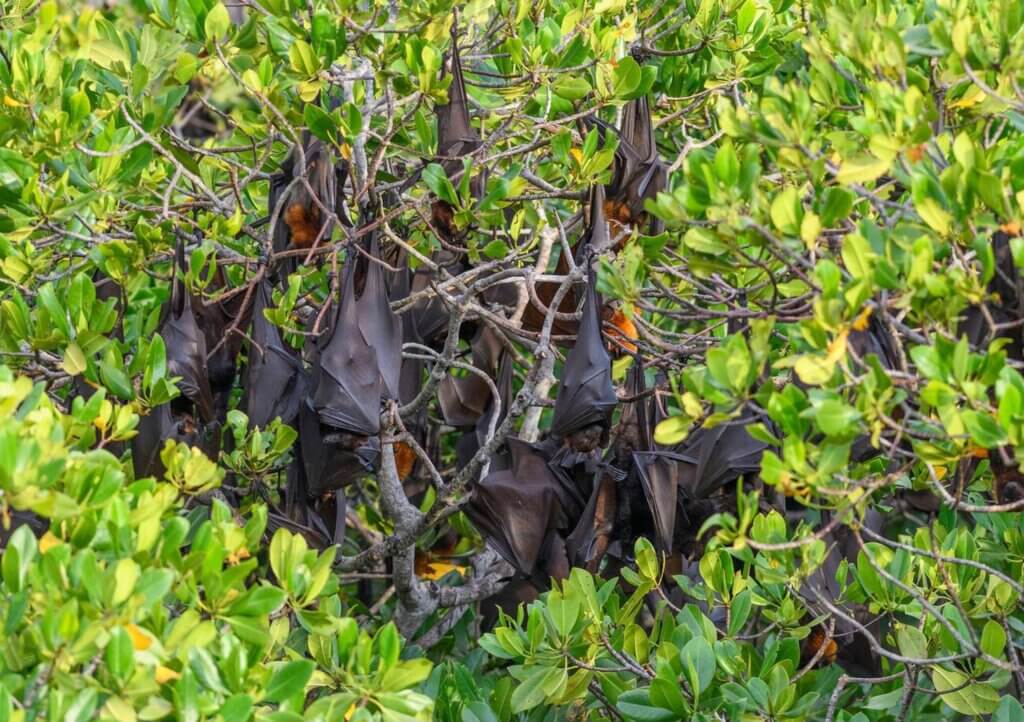
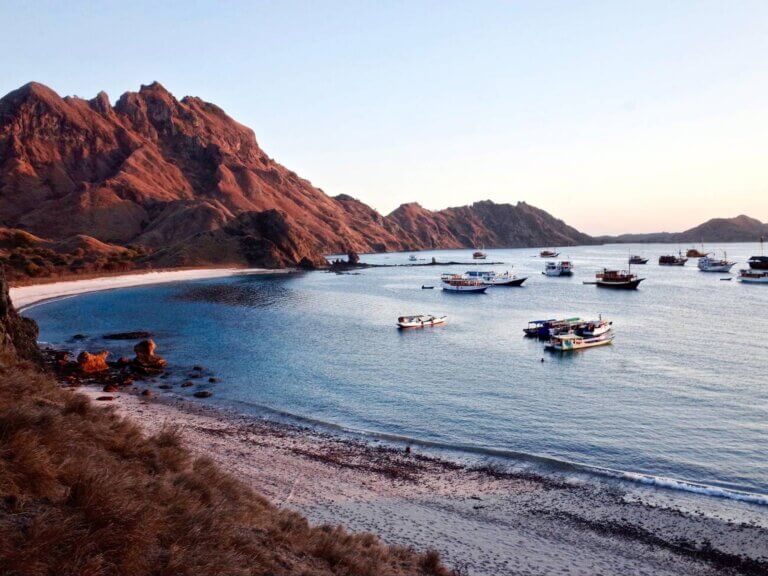
Kalong Island itself has no facilities and visitors aren’t allowed to set foot on the island to protect the bats’ habitat. This is a purely boat-based experience, so bring:
Kalong Island is often the last stop on a day-trip itinerary before returning to Labuan Bajo. From the nearest major attractions:
From Padar Island: ~1 hour by boat
From Manta Point: ~40 minutes by boat
From Labuan Bajo: 1.5–2 hours by speedboat
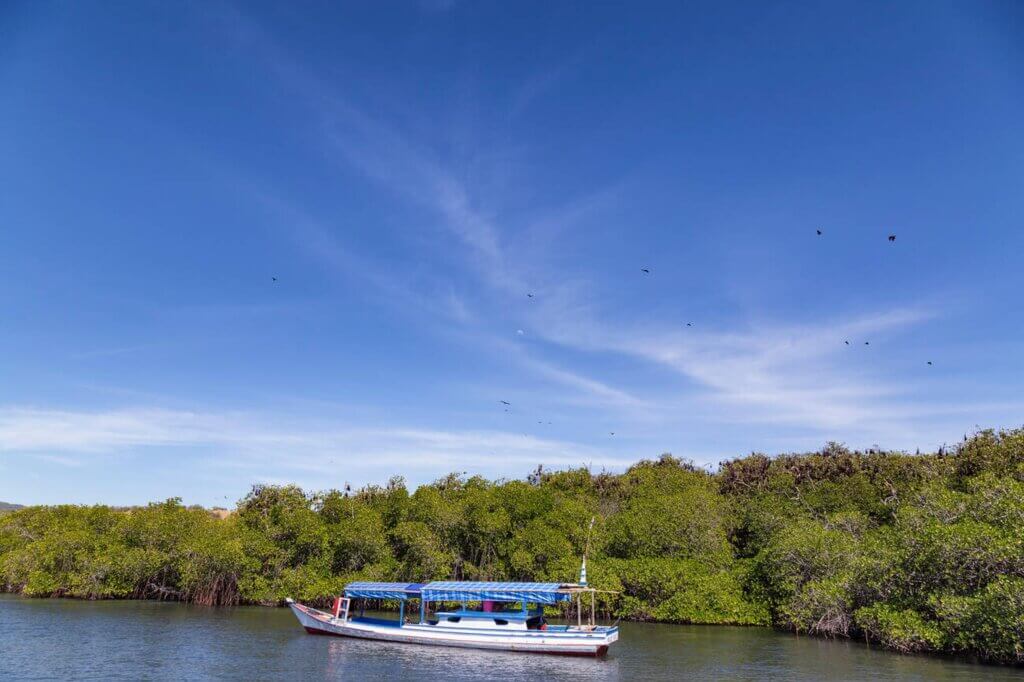
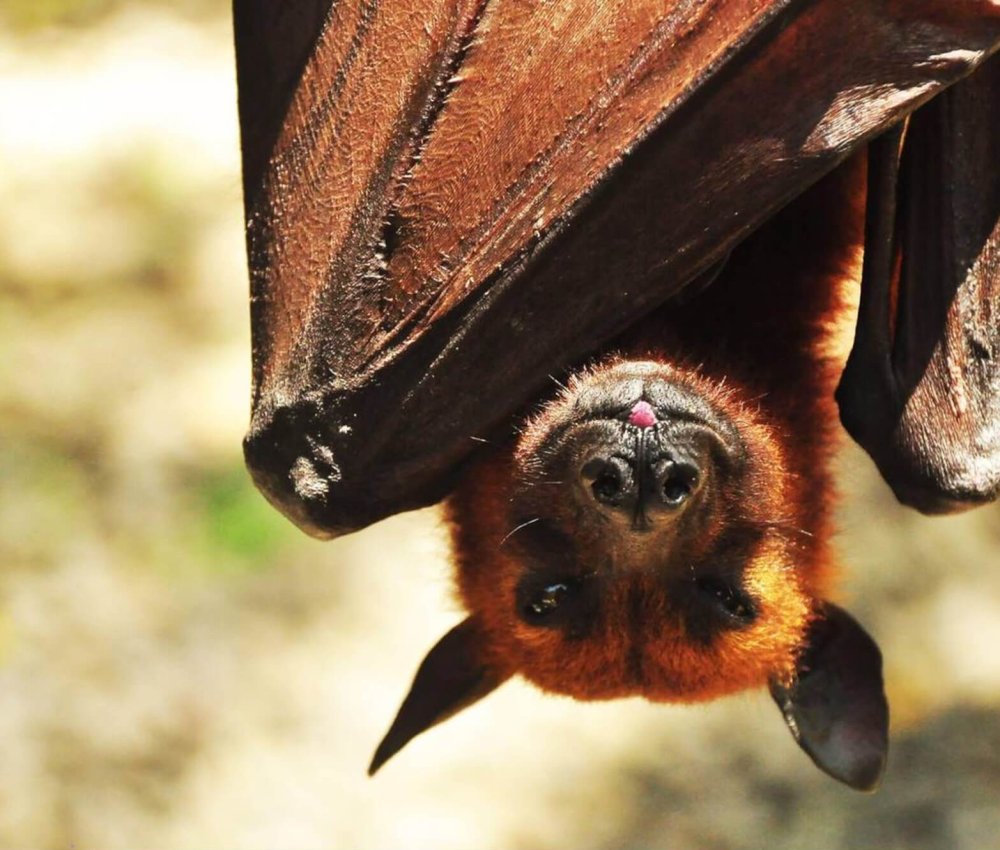
Pros
Cons
Kalong Island is where the Komodo adventure slows down and turns poetic. After a day of trekking, swimming, and snorkeling, it offers a serene, unforgettable moment — a reminder that the park’s magic isn’t only in its waters or hills, but also in its skies.
Travel Reviewer’s Rating: ★★★★★ (5/5) – A must-do for nature lovers, best enjoyed with a camera in one hand and a sense of wonder in the other.